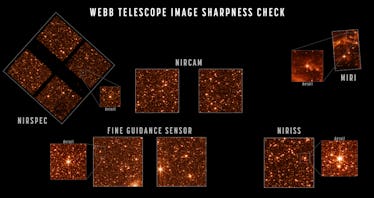
Astronomers have been eagerly anticipating the moment when the four instruments of the James Webb Space Telescope will collect their first batch of scientific data. After years of preparation, NASA and ESA announced that the telescope’s instruments are fully aligned and ready for action. The next step for the telescope is a two-month phase called the science instrument commissioning, during which a 20-day evaluation period will be conducted to test how the Sun’s heat affects the instruments.
Once online, researchers from around the world will have access to the telescope to study planets beyond our Solar System and explore distant galaxies in ways never before possible.
The mission team is working diligently to ensure that Webb is prepared to make accurate scientific observations. Tasks will be prioritized over instruments, allowing the team to focus on any issues that may arise. For example, if one instrument encounters difficulties with a specific function, other capabilities can still be assessed.
Various instruments, such as coronagraphs, will play crucial roles in the telescope’s observations. MIRI and NIRCam, for instance, will be used to analyze the light emitted by stars, detecting subtle changes that could indicate the presence of exoplanets orbiting those distant celestial bodies.
The much-anticipated first light event is expected to take place sometime this summer, around June or July, assuming that the telescope’s checklist stays on track. This milestone signifies a significant leap forward in our understanding of the universe and opens up new possibilities for groundbreaking scientific discoveries.

